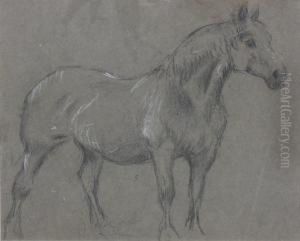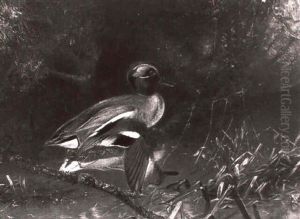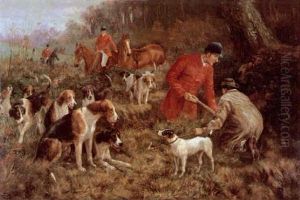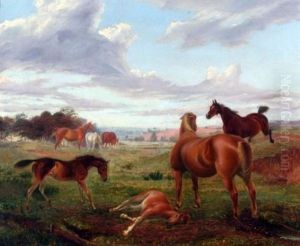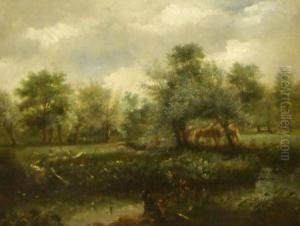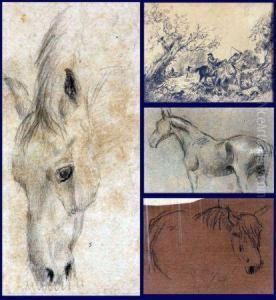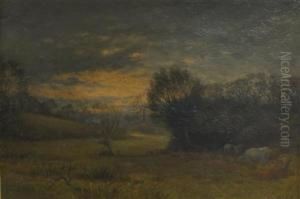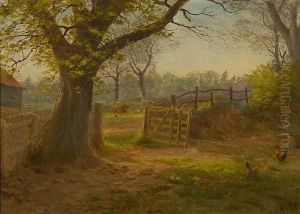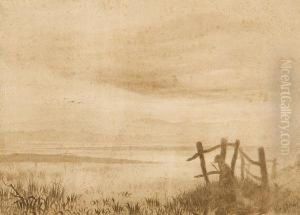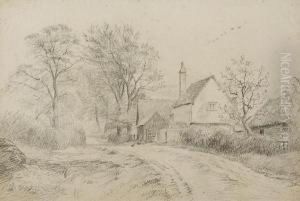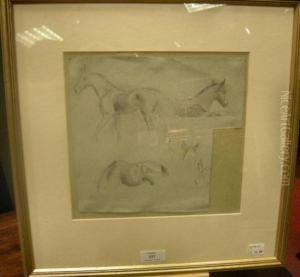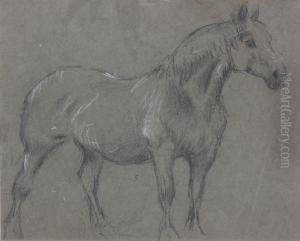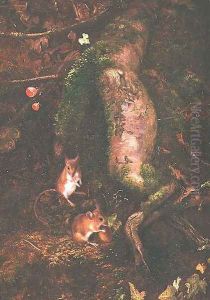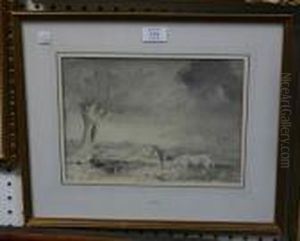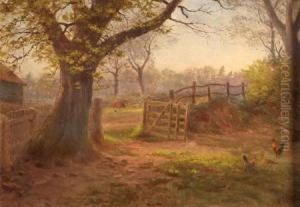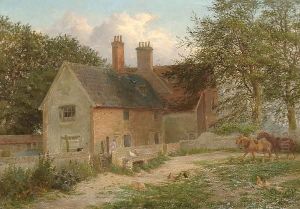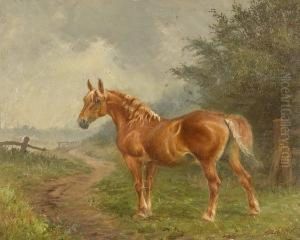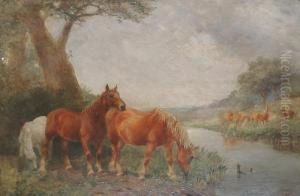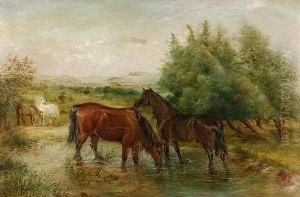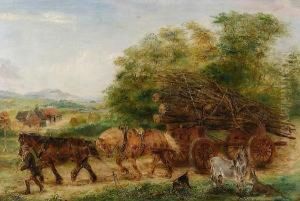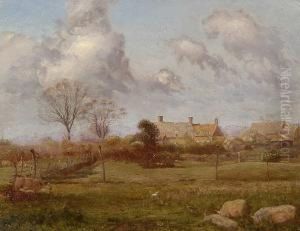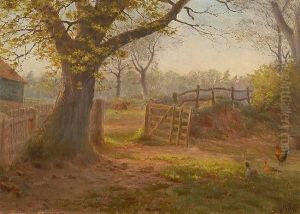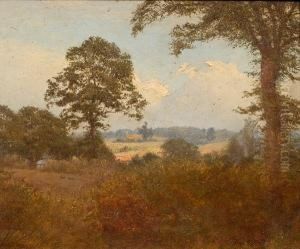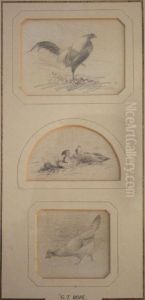George Thomas Rope Paintings
George Thomas Rope was an English artist known for his contributions to natural history illustration and landscape painting. Born on September 21, 1846, in Blaxhall, Suffolk, he was part of an artistic family; his cousin Margaret Rope was also a recognized artist, particularly noted for her work in stained glass.
George Thomas Rope's education and training in art are not extensively documented, but it is known that he had a deep appreciation for the natural world, which greatly influenced his work. He was particularly adept at capturing the intricate details of plants and animals, and his illustrations were celebrated for their scientific accuracy as well as their aesthetic appeal.
Rope developed his skills in a period when the study of natural history was flourishing, and his work contributed to the greater understanding of botany and zoology during the Victorian era. His illustrations were used in various scientific publications, providing a visual complement to the written descriptions of species.
Aside from his natural history illustrations, Rope was also a landscape painter. He captured the Suffolk countryside with a keen eye for light and atmosphere, often depicting the rural settings of his home county. His landscapes are characterized by a tranquil, pastoral quality that resonates with the viewer's sense of nostalgia for the English countryside.
Although not as widely known as some of his contemporaries, George Thomas Rope's dedication to his craft has left a lasting legacy in the fields of both art and science. His work continues to be appreciated by those with an interest in botanical and zoological illustration, as well as by art enthusiasts who admire his landscape paintings.
George Thomas Rope passed away on December 24, 1929, in his hometown of Blaxhall, leaving behind a body of work that remains significant in the context of Victorian art and natural history illustration.
